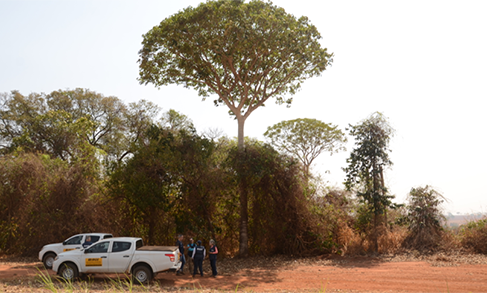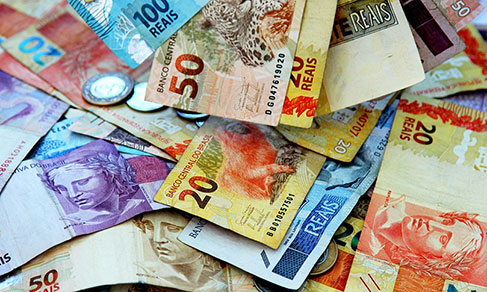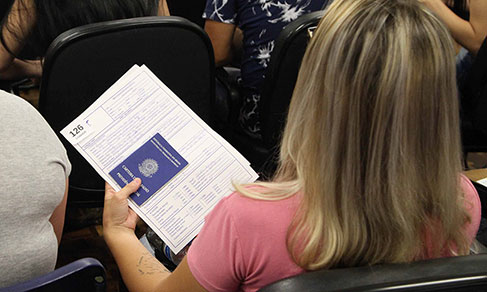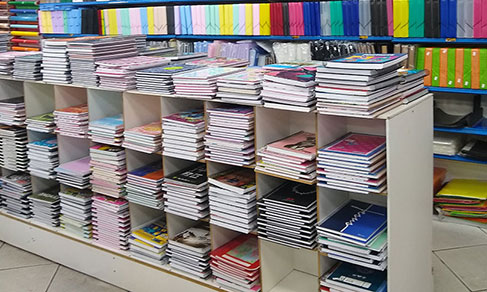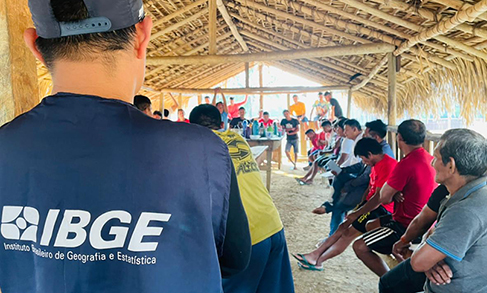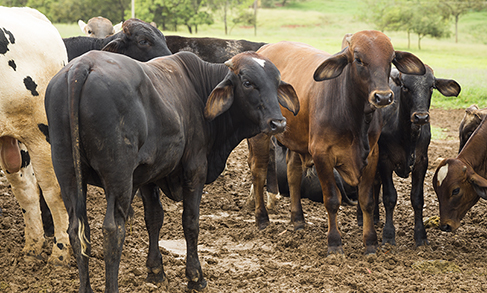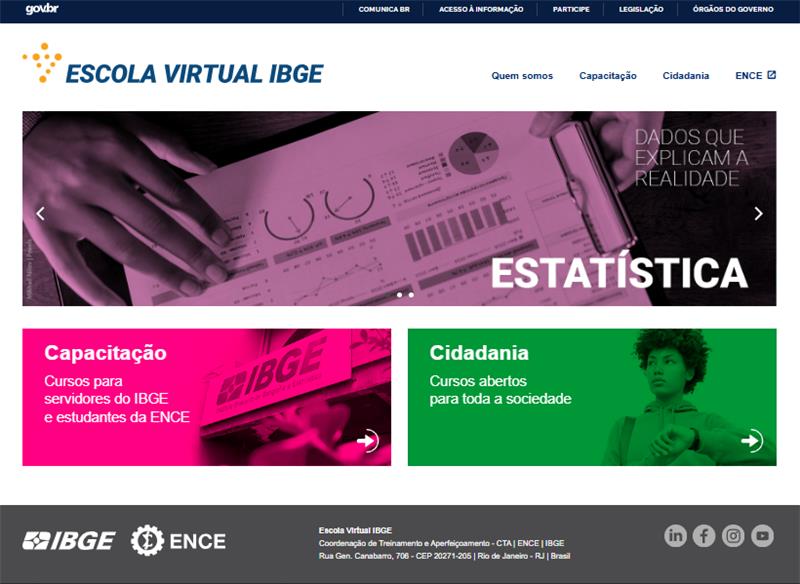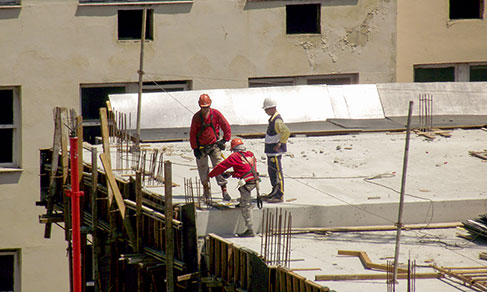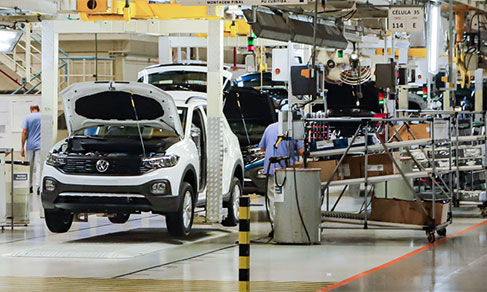IPCA-15
Inflation preview is 0.81% up in biggest increase since 2015
November 24, 2020 09h00 AM | Last Updated: November 24, 2020 12h31 PM

Led by food products, inflation preview in November hit 0.81%, biggest increase for the month since 2015 (0.85%). All the other groups, besides Food and beverages (2.16% up), also recorded increases: Transportation (1%), Household articles (1.40%), Housing (0.34%) and Wearing apparel (0.96%), besides Health and personal care (0.04%), Personal expenses (0.14%), Communication (0.06%) and Education (0.01%). Results come from the Extended National Consumer Price Index 15 (IPCA-15), released today (24) by the IBGE.
The November rate is 0.13 percentage points (p.p.), lower than the October figure (0.94%). Cumulative increase in the year is 3.13%; in the last 12 months, 4.22% versus 3.52% of the previous 12 months. In November 2019, the rate was 0.14%.
The most influential group in terms of the monthly index (0.44 p.p.) was Food and beverages (2.16%), with a cumulative increase of 12.12% in the year. Prices of food at home stand out as they rose 2.69%, led by three important items consumed by families: meat (4.89%), rice (8.29%) and potato, with a change from -4.39% in October to 33.37% in November. Tomato (19.89%) and soybean oil (14.85%) also rose. Among falling results, a highlight is long-life milk (-3.81%).
Food away from home also influenced IPCA-15 in November, having accelerated from 0.54% in October and 0.87% in November, mainly due to the rise of snacks (1.92%). Meals (0.49%) recorded a lower change change than in October (0.93%).
A source of significant impact (0.20 p.p), Transportation (1%) counted on the rise of gasoline (1.17%), the most relevant subitem in IPCA-15. Other fuels, such as ethanol (4.02%), diesel (0.53%) and vehicle gas (0.55%) also rose from October to November. Relevant contribution also came from new cars, an increase of 1.07%. The rise of air fares (3.46%) in November showed deceleration against October (39.90%).
Among decreases in Transportation, with a highlight to interstate buses (-0.52%) and intercity buses (-0.40%).
In Household articles (1.40%), the biggest contributions came from furniture (2.40%) and household appliances and equipment (2.23%). Prices of air conditioners stood out with an 11.23% increase.
In Housing (0.34%), the positive change of water and sewage (0.33%) reflects the adjustments of 3.04% in Belo Horizonte (1.33%), in effect since November 1st, and of 5.88% in a concessionaire of Porto Alegre (1.69%), in effect since October 1st. The result of electricity (-0.04%) was influenced by two adjustments and a reduction: Brasília (-0.01%), a decrease of 0.63%, in force since October 22; Goiânia (0.79%), a price adjustment of 2.57%, since October 22nd; and São Paulo (-0.39%), a 3.87% adjustment in one of the concessionaires surveyed, in effect since October 23rd.
In São Paulo, despite the adjustment, there was reduction of the PIS/COFINS rate in one of the concessionaires surveyed, leading to a negative result.
All the Major Regions recorded increases in November
All the Major Regions surveyed recorded increases, with the lowest result recorded in the Metropolitan area of Recife (0.31%), mainly due to the fall of gasoline prices (-1.37%); and the highest figure in the municipality of Goiânia (1.26%), where the 3.25% hike of gasoline was the main contribution.
In order to estimate IPCA-15, prices collected from October 14 to November 12, 2020 (reference) were compared with those in force from September 12 to October 13, 2020 (base). The indicator refers to families with a monthly income of 1 to 40 minimum wages and it encompasses the Metropolitan Areas of Rio de Janeiro, Porto Alegre, Belo Horizonte, Recife, São Paulo, Belém, Fortaleza, Salvador, Curitiba, and also Brasília and Goiânia. The methodology is the same as of IPCA; the difference lies in the period of price collection and in the geographic coverage.


